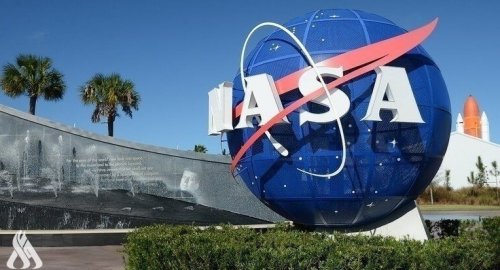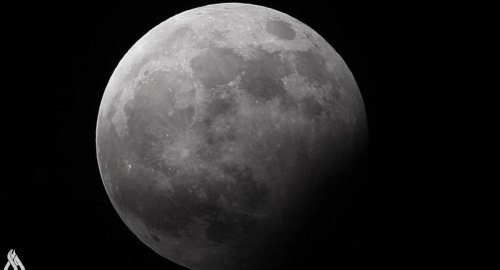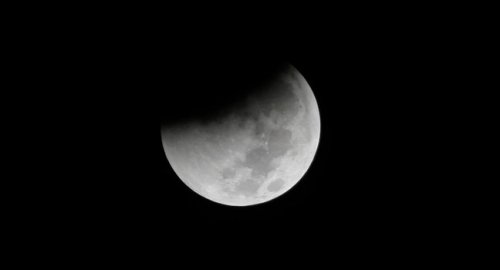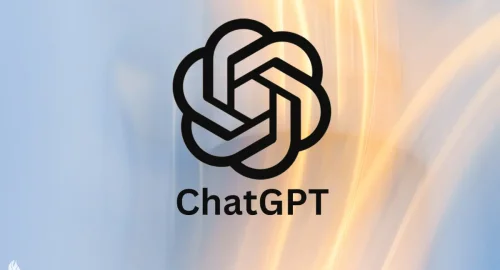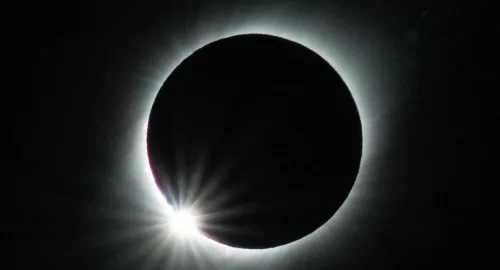
New moon phase on April 8 will bring on the 2024 total solar eclipse

- 4-04-2024, 11:34
INA- SOURCES
The new moon occurs on April 8 at 2:21 p.m. EDT (1821 GMT) and will usher in a "Great American Eclipse" — the first total solar eclipse to hit the lower 48 states since August 2017.
This time, the eclipse track will run from southwest to northeast, starting in the Pacific Ocean, making landfall in Mexico, and going through San Antonio, Texas; Carbondale, Illinois (which was also in the path of totality for the 2017 eclipse); Cleveland, Ohio; Buffalo, New York; and the Maritime Provinces of Canada.
Total solar eclipses aren't terribly rare — they happen approximately once every 18 months — but the track the moon's shadow makes is narrow. That means that the odds of being in the right place to observe a total solar eclipse by chance are small, and solar eclipses are only visible from any particular place on Earth at intervals of years; North America experiences one on average every 10 years or so, for instance.
For those not lucky enough to be in the path of totality on April 8, a partial eclipse can be seen in an area that covers much of North America, so millions of people will be able to see the moon obscure part of the sun.
But for those who aren't able to see the eclipse at all — those in the Eastern Hemisphere or South America — the night of the April new moon will offer some visible planets in the predawn sky and one in the evening.
Visible planets
On the night of April 8, after the sun sets, observers in mid-northern latitudes will see Jupiter in the western sky; it will likely be among the first "stars" to appear in the evening. From New York City Jupiter sets at 9:55 p.m. local time on April 8; sunset is at 7:28 p.m., with the planet starting to become visible at about 8 p.m.The next planets to rise will do so just before dawn. Mars and Saturn will be close together in the wee hours of the morning; from New York the first to rise is Mars at 5:08 a.m. EDT, and Saturn follows at 5:12 a.m. Sunrise is at 6:25 a.m. By civil dawn at 5:57 a.m., when the sun is 6 degrees below the horizon and the sky is getting light, Mars and Saturn are only about 8 degrees high, so the pair will be hard to spot without an unobstructed and clear horizon. (Your fist held at arm's length covers about 10 degrees of sky.)
As one moves southward, the two planets appear higher by sunrise. For example, from Miami sunrise on April 9 is at 7:03 a.m. EDT, a bit later than in New York, but Mars and Saturn will appear somewhat higher by 6:40 a.m. (civil dawn) — about 14 degrees, because the angle between the ecliptic (the path the sun takes through the sky) and the horizon is steeper. The planets' positions get better as one goes farther south; from Bogota, Colombia, which is closer to the equator, Mars rises at 3:44 a.m. local time and Saturn rises at 3:46 a.m.; both planets are at about 24 degrees as the sky is getting lighter, even though sunrise is at 5:52 a.m. local time on April 9.
Getting into the Southern Hemisphere, the two planets will be slightly north of east and will appear higher up; another advantage for antipodeans is that April is getting into the austral winter months when the nights are longer and sunrise is later in the day. From Sydney, Australia, Mars and Saturn will rise April 9 at 3:20 a.m. and 3:27 a.m. local time, respectively, and reach about 29 degrees by civil dawn at 5:48 a.m. (Sunrise is at 6:13 a.m. local time).
Constellations
In early April, skywatchers in the mid-northern latitudes will see the bright winter constellations in the west in the evening; from New York, Chicago or San Francisco by about 8:30 p.m., when the sky is fully dark, Orion is in the southwest. One can still see the bright "winter hexagon" formed by (going counterclockwise) Sirius, Rigel, Aldebaran, Capella, Pollux and Procyon, with Betelgeuse at the center.
As the winter constellations make their exit, looking southeast one can see Leo the Lion, with Regulus marking the Lion's chest and forequarters and Denebola the end of his tail. One way to spot Regulus is to look for the triangle formed by Sirius, the brightest star in the sky; Betelgeuse, which is Orion's right shoulder; and Procyon, the alpha star of the Little Dog, Canis Minor. Follow the line between Betelgeuse and Procyon eastward (to the left) and the next bright star is Regulus. One can also see above Regulus a distinctive sickle shape formed by five stars (the brightest of which is called Algeiba) that is the Lion's head and mane. Leo can also be identified by a rectangle of medium-bright stars that can still be seen even in lit cities and suburbs. The bottom side of the rectangle can be extended eastward to find Denebola.
Turning northward, the Big Dipper, part of Ursa Major the Great Bear, will be just about vertical, with the bowl facing to the left (north). By following the handle and making a sweeping curve, one can "arc to Arcturus" and see that star almost due east. Arcturus is the brightest star in Boötes, the Herdsman, and has a distinct orange color. One can also use the Dipper to find Regulus. Using the two stars that mark the back side of the bowl — nearest the handle — trace a line southward and the bright star on that line is Regulus.
As the night progresses, one will see Virgo rise. To find her, one can use the same technique of "arc to Arcturus" and simply continue until one hits Spica, the bright white alpha star of Virgo. Spica will have risen by 8 p.m., but it will be much easier to spot about an hour later.
A fainter constellation to try and spot is the Hydra, whose brightest star, Alphard, lies between Procyon and Regulus and to the south of both, forming a triangle with the point facing south (toward the horizon). Alphard is fainter than Regulus and Procyon both; it is a yellowish color and sometimes washed out in city locations. The Hydra forms a line of stars that extends below the horizon; as one follows its snaking path one can sometimes see Crater, the Cup, if one has a dark sky.
In the Southern Hemisphere, winter is approaching — April is an autumn month — and by 8 p.m. at the latitude of Cape Town or Melbourne the sun has fully set. Looking southeast, one will see the Southern Cross about halfway up the sky, and below it two bright stars. The one lower to the horizon is Alpha Centauri, otherwise known as Rigil Kentaurus, and just above it is Hadar. Both are part of the Centaur, which represents Chiron, who tutored the legendary Greek heroes Heracles, Theseus and Jason.
Looking just to the southwest, close to the horizon is Achernar, which marks the end of Eridanus, the River. From mid-southern latitudes it never sets — it's circumpolar. Looking straight above Achernar, the next really bright star one sees is Canopus, or Alpha Carinae. Canopus is in Carina, the Ship's Keel. To the right of Carina is Canis Major, and to its left a large circle of stars that is Vela, the Sail. The Ship, the Sail, and the constellation Puppis, the Poop Deck, which adjoin each other, all represent the Argo, the famous ship Jason sailed with the Argonauts.
SOURCE: SPACE.COM
Trump: US and Iranian officials in talks
- International
- 05:31
ChatGPT temporarily down due to pressure from cartoon trend
- Articles
- 05:16
Prime Minister Arrives in Maysan Governorate
- Local
- 04:26
Al-Sistani: Tomorrow, the 29th of Ramadan
- Local
- 25/03/29
SOMO: Iraq has the fourth-largest proven oil reserves in the world
- Economy
- 25/03/26
